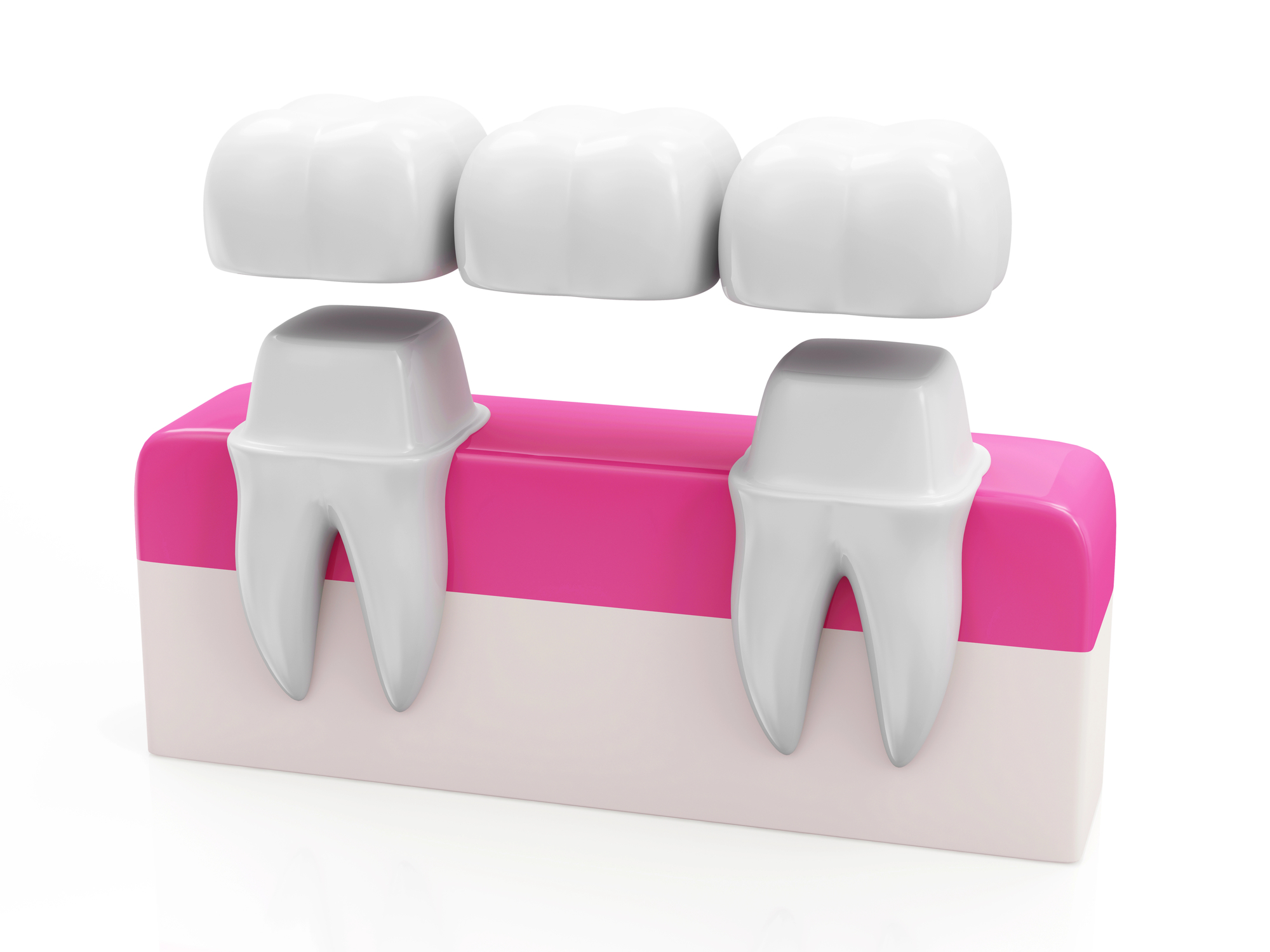For individuals with missing teeth, restorative dentistry provides a way to complete their smiles while also enhancing their oral and systemic health. One restorative solution for consecutive tooth loss is a dental bridge. With a mix of artistry and science, dental bridges restore not just the aesthetics but also the functionality of a complete set of teeth.
Dental bridges are an ideal solution to address back-to-back tooth loss by replacing one or more missing teeth in a row. If you’d like to learn more about these remarkable devices, contact Dr. Amol Shergill at Wren Street Dental today. You can reach our dentist in Mission, BC, at (604) 820-8702 for information about scheduling and procedures.
In this exploration, Dr. Shregill dives into the intricate blend of artistry and scientific precision that defines the creation and implementation of dental bridges.
The Artistry Behind Dental Bridges
Dental bridges are not mere dental prosthetics – they are works of art that seamlessly blend with the natural teeth.
The process begins with a detailed examination of the patient’s oral anatomy, considering factors such as:
- Tooth color
- Tooth shape
- Dental alignment
Dentists work with skilled technicians to customize bridges that mimic the patient’s natural dentition.
Exploring Materials
The choice of materials is a crucial artistic decision. Patients can choose from a range of durable media, including:
- Porcelain
- Zirconia
- Ceramic
These materials are a popular choice among patients, as they closely replicate the translucency and color variations found in natural teeth.
The art lies in the meticulous crafting of each tooth, ensuring that the bridge integrates flawlessly with the surrounding dentition, creating a harmonious and natural smile.
The Scientific Precision
While the artistic aspect is vital, the foundation of dental bridges lies in scientific principles. The bridge must not only look good but also function effectively. Scientific precision is evident in the careful assessment of the patient’s bite, jaw alignment, and overall oral health.
Exploring the Process
Dental bridges can attach to either dental implants or neighboring teeth for support.
Patients who pursue implant-supported bridges must first undergo implant surgery. Once the implants heal completely, a dentist can then attach the custom restoration to the implants.
For patients who pursue traditional dental bridges, a dentist must first prepare the neighboring teeth. Typically, this entails the minimal removal of dental enamel to make room for the dental crowns that support the bridge. Once the dentist prepares these teeth, then they can permanently cement the bridge in place.
Balancing Art and Science
The synergy between art and science is most evident in the final result — a beautifully crafted dental bridge that not only enhances the aesthetics of a smile but also restores proper oral function. Patients experience a renewed sense of confidence, both in their appearance and ability to bite and chew comfortably.
Restorative Dental Bridges in Mission, BC
Dental bridges are truly magnificent oral appliances that can help patients restore their smiles for 15 years or longer with optimal upkeep. Learn more about these restorations by scheduling a consultation with Dr. Amol Shergill at Wren Street Dental today. You can reserve your appointment online or at (604) 820-8702.



